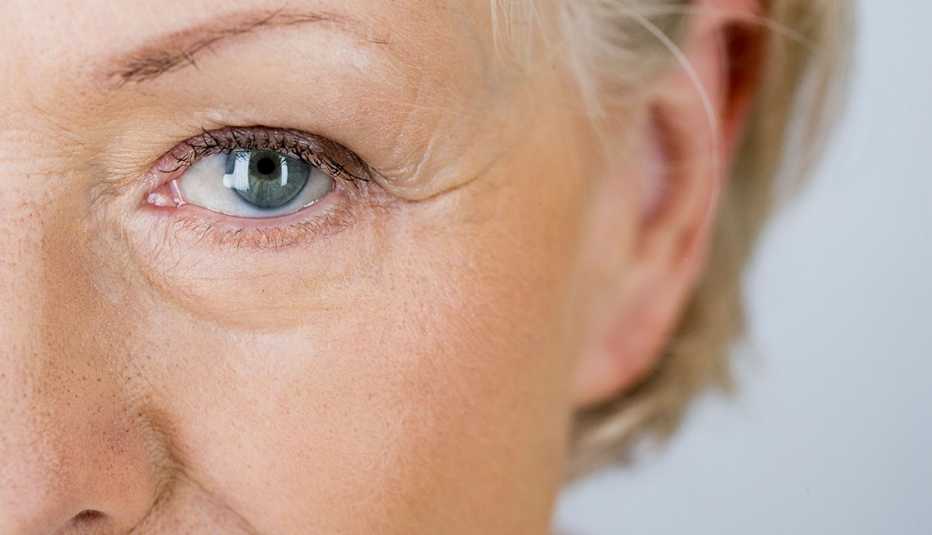AARP Hearing Center


At first it may seem as though you simply need a brighter bulb in your reading light, if not a new eyeglasses prescription. Objects look blurry; straight lines appear wavy. But the easy fixes don’t help. Then, over time, what seemed like an annoying inconvenience becomes something much more, as dark splotches block the center of your vision. If this sounds familiar, you may be among the roughly 11 million people in the U.S. with some form of age-related macular degeneration, the leading cause of vision loss among Americans over 50.
Although there’s no cure for macular degeneration, there are things you can do to slow its progression.
Here’s what to know about the disease.
What it is


Age-related macular degeneration (AMD) is a common eye condition that causes damage to a small spot near the center of the retina called the macula, the part of the eye that helps you see things clearly. Peripheral (side) vision usually remains unaffected.
Types of AMD
Dry (nonexudative) age-related macular degeneration
By far the most common form of AMD (80 percent of people with it have this type), it usually progresses slowly, over a number of years. If only one eye is affected, you may not even notice the changes in your vision because your good eye tends to compensate for your weak one.



































































More on health
How Sports Lovers Can Protect Their Eyes
How to prevent eye injuries when you’re playing pickleball, tennis and moreReading Glasses Get Cool
Check out the new wave of readers in lightweight, compact and stylish designs